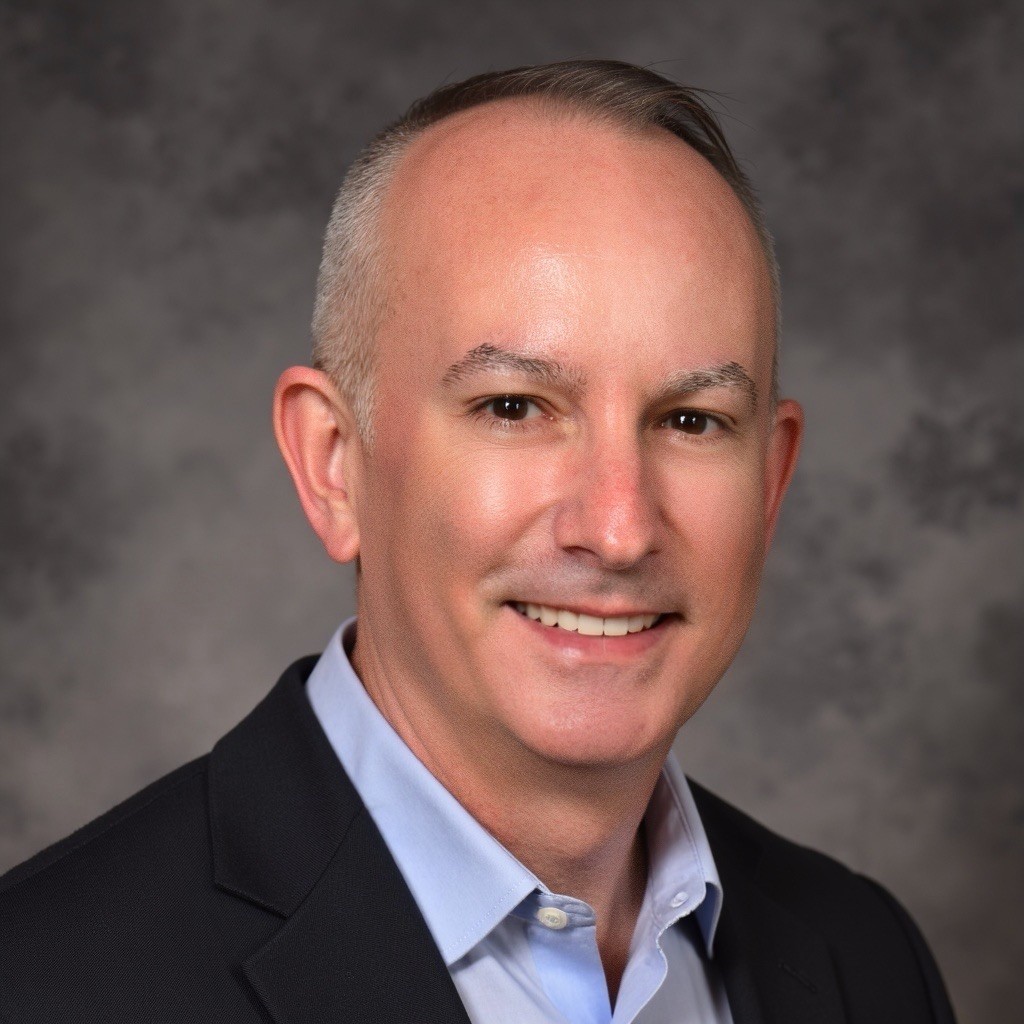Engineered Wood journal - May 2015
By: Shawn M. Galloway
Printable Version
Safety will never become a core value within a company culture until the safety strategy is aligned with and supports the business strategy, rather than hindering or constricting it. Every organization has a "safety culture," but could it be better? Yes, always, but not by doing more in safety. It is achieved by continuously doing things better and capturing and delivering real value. How efficient and value-focused are your safety efforts?
Safety requires a three to five year strategy. What's yours?
We succeed in business by winning in the marketplace, not by failing fewer customers. If only we would take the same approach with safety improvement efforts. In order for businesses to compete and capture market share, they must add value to current and prospective customers. This requires a strategy, which is a framework of choices and tradeoffs an organization makes to determine how to capture and deliver value to the customers. Strategy, therefore, is how we will win with confidence.
Zero injuries or incidents is not the goal or vision of excellence and does not indicate you have won. Rather, it is a byproduct of the value of excellence. When we focus on delivering value, zero is an outcome, not a target nor an effective vision. Are we focusing safety efforts to win and add value, or to fail less? If we achieve zero injuries, how will we confidently know how it was achieved so we can duplicate results and yet still improve?
What is your return on attention for safety efforts?
When an organization conceptualizes a new product or service, a business hypothesis is formed to determine how, where, when and with whom we will win. Data is subsequently gathered to prove or disprove the hypothesis, validate interest and forecast outcomes, prioritize objectives and the initiatives that support them, and measure to validate effort is indeed contributing to the desired results.
Safety should be managed no differently than businesses competing to win. Attention share is the market space that safety efforts operate within. Are we capturing attention, engaging, and creating interest? If we capture attention, what is the Return on Attention (See Figure: The ROA of Efficient & Value-Focused Safety ActivitiesSM)? Or, are we leading with disconnected activities, rules, and more and more energy, potentially disengaging those we wish to serve and help?

Figure: The ROA of Efficient & Value-Focused Safety ActivitiesSM
Through my work with the best in safety, I've aided leaders in realizing the need to evolve the role safety plays within business strategy. Below, are accounts of two clients who recognized this recently as both were executing on acquisitions.
Case Studies: Including and neglecting safety within business strategy
With Client A, safety was an afterthought during the due diligence process, and their safety strategy wasn't as aggressive as their business growth strategy. As a result, the safety professionals were essentially mopping up behind the financial decisions. Misalignment and uncertainty (safety focus, accountability, systems, practices and priorities/values) contributed to significant issues, not to mention serving as a real contributing factors to several incidents and injuries.
Waste became the undertone of safety efforts, and activities that served little purpose were common place. Through an engagement with senior leadership, a comprehensive safety excellence framework was understood, created and executed upon. Priorities were developed that, with data, confirmed where attention needed to be placed to both focus injury-prevention efforts and to align the culture. Culture change takes time and can be much longer due to initial disconnection between safety and business strategy. Since the engagement date two years ago, significant progress has been made.
Client B's safety strategy was a part of the business strategy, and supported it. Tradeoffs were made on a regular basis as it was known that safety couldn't do everything, and sometimes, less is more with safety efforts. Moreover, safety played a role in their due diligence efforts. While most mergers and acquisitions will come down to financial decisions, the culture and safety systems were very well understood, making assimilation a relatively smooth process.
Getting on the same page with a want-to mentality
A culture of safety excellence will only be achieved when the strategies of business and the ideal core values around safety are one and the same. This does not occur with more platitudes, posters, and postulation or prescribed programs; it requires the hard work of deciding what to do and not to do to measurably improve performance, culture, and the value captured from the efforts. All organizations on the journey to continuous improvement in safety will reach a point where "more" is not the answer. Focus on efficiency and contributing and delivering value. It shouldn't be surprising that zero is much easier to obtain when everyone is on the same page regarding the joint strategies and want-to rather than have-to is the predominant mentality throughout the culture.

Shawn Galloway, CEO of ProAct Safety, is an expert in safety excellence. With almost thirty years of experience, he is a highly sought-after advisor, keynote speaker, and expert witness. Shawn has become a trusted partner to leading organizations across various industries worldwide. He ranks in the top 1% of the most prolific writers in his field, having authored over 500 articles and several bestselling books. He also launched the world's first safety podcast, Safety Culture Excellence©. As a recognized authority in safety, Shawn has received awards such as being named among the Top 50 People Who Most Influence EHS and a Top 10 Speaker, among others.
He is a regular guest on Bloomberg, Fox News, The Daily Mail, Dubai One, U.S. News & World Report, Sirius Business Radio, Wharton Business Daily, and leading safety magazines and podcasts. Shawn also serves as a member of the Harvard Business Review Advisory Council, Forbes Business Council, and Fast Company Executive Board, enabling his influence to shape safety thinking and strategy at the executive level.
